For example, let's say we have a bounded 2D grid which we want to cover with square tiles of equal size. We have unlimited number of tiles that fall into a defined number of types. Each type of tile specifies the letters printed on that tile. Letters are printed next to each edge and only the tiles with matching letters on their adjacent edges can be placed next to one another on the grid. Tiles may be rotated.
Given the size of the grid and tile type definitions, what is the fastest method of arranging the tiles such that the above constraint is met and the entire/majority of the grid is covered? Note that my use case is for large grids (~20 in each dimension) and medium-large number of solutions (unlike Eternity II).
So far, I've tried DFS starting in the center and picking the locations around filled area that allow the least number of possibilities and backtrack in case no progress can be made. This only works for simple scenarios with one or two types. Any more and too much backtracking ensues.
Here's a trivial example, showing input and the final output:
